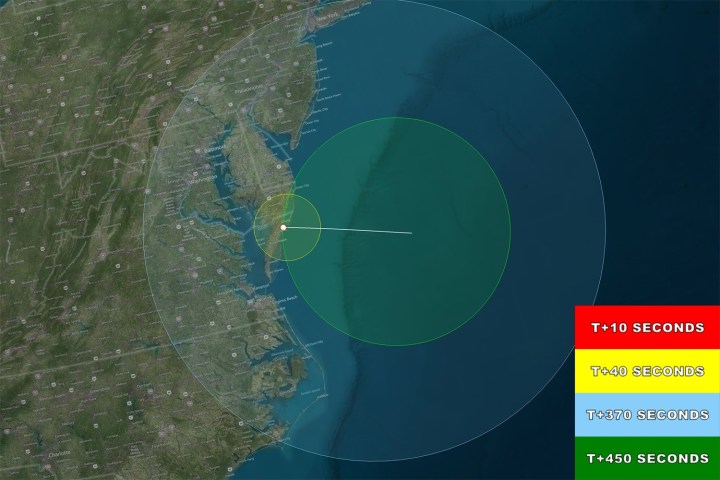
The rocket being deployed is a suborbital rocket used primarily for testing new technology in the field. NASA is using this launch to measure the performance of a modified Black Brant sounding rocket, as well as to refine their sub-payload ejection techniques. As part of these payload experiments, NASA will test whether a rocket’s payload system can create vapor tracers suitable for studying orbital winds, the ionosphere, and atmospheric phenomena like aurora borealis (aka, the Northern Lights).

Though the color display will attract the most attention, NASA’s sound rocket tests also are interesting from a scientific point of view. During the flight, NASA will evaluate its new Black Brant sounding rocket, which is a class of rockets used to launch satellites and other orbital payload. The experimental rocket has been modified with cutting edge carbon nanotube (CNT) composite materials, 3D-printed structures and a new cylinder that was forged in a novel, single-step process. If successful, the technology on this rocket could be used to design spacecraft, aircraft and marine vehicles that are 60 percent lighter and require less maintenance than existing models.
Residents who live on the east coast within the triangle bounded by Long Island, New York on the north, Morehead City, North Carolina on the south and Charlottesville, Virginia to the west will be able to view the colorful nighttime launch. The rocket is scheduled for lift off from Virginia’s Wallops Flight Facility sometime between 7 PM and 9 PM ET. Because the launch window is so large, people who want to see the vapor cloud display in real time should check NASA’s Twitter and Facebook feed, which will be updated regularly on launch day. Enthusiasts also can watch the launch remotely on Ustream.



